Growing a banana tree in a pot might sound exotic or difficult, but it’s actually quite simple — and incredibly rewarding. With the right care, sunlight, and watering routine, you can enjoy lush tropical foliage and even delicious homegrown bananas right on your balcony, terrace, or backyard patio.
In this comprehensive guide, we’ll cover everything you need to know about how to grow banana trees in pots easily — from choosing the best variety and preparing the soil to caring for your plant year-round. Whether you’re a beginner gardener or simply want to add a tropical touch to your home, this step-by-step guide is for you.
1. Why Grow Bananas in Pots?
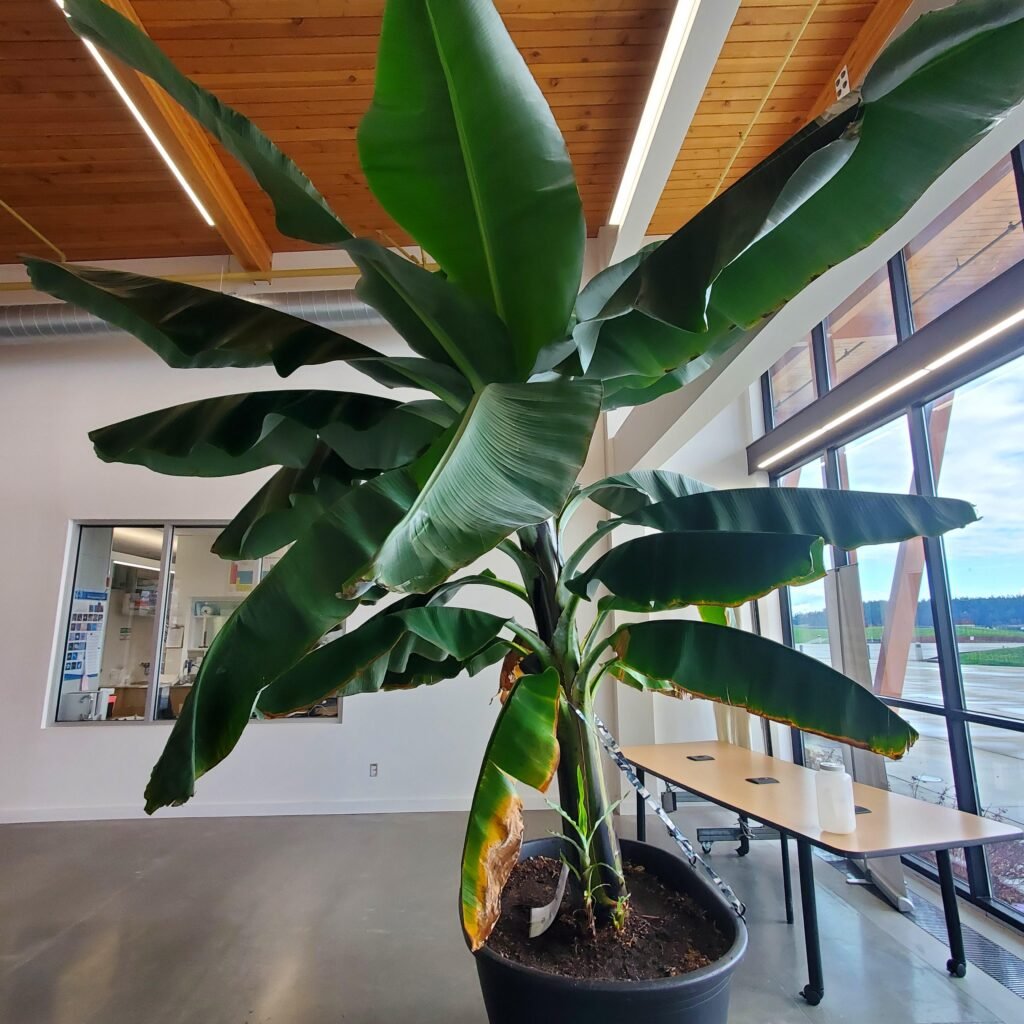
Banana trees are tropical plants that love warmth, sunlight, and humidity — but they can thrive beautifully in containers too. Growing them in pots gives you flexibility and control over soil, space, and weather exposure.
Benefits of Growing Banana Trees in Pots:
- Perfect for small gardens, balconies, or terraces.
- Easy to move indoors during cold or rainy seasons.
- Helps control growth size and manage root spread.
- Provides a decorative tropical touch to any space.
- With the right care, they can even bear fruit in containers!
2. Choosing the Right Banana Variety for Pots
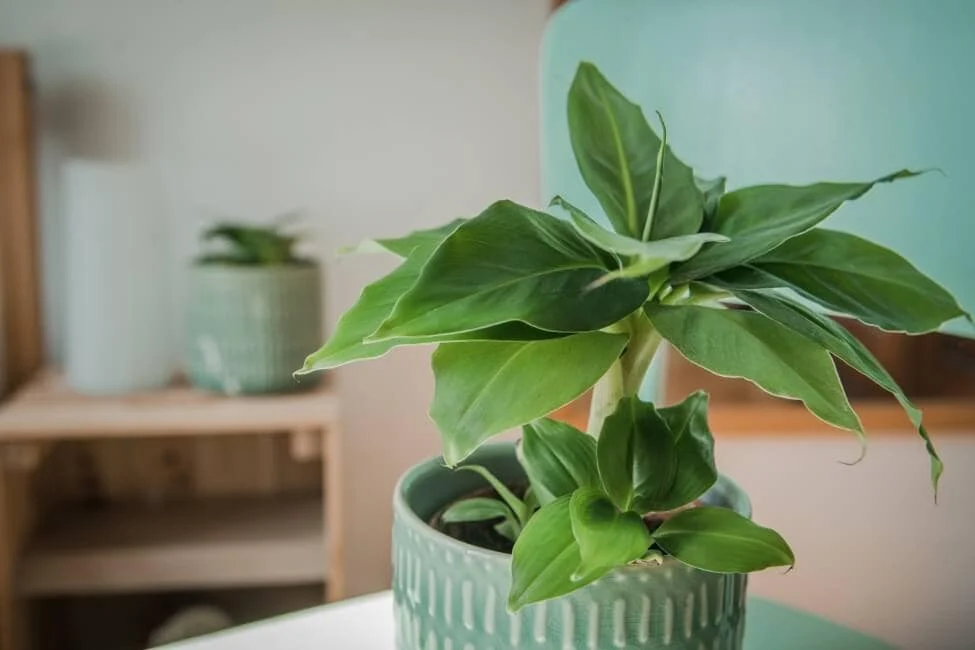
Not all banana plants are suited for container growing. Some varieties grow over 10 feet tall, which makes them difficult to manage in pots. The best choice for container gardening is a dwarf or compact banana variety that stays small but still produces beautiful foliage and fruit.
Best Banana Varieties for Containers:
- Dwarf Cavendish: Compact, hardy, and produces full-sized sweet bananas.
- Dwarf Rajapuri: Strong, wind-tolerant, and fruit-bearing.
- Dwarf Red Banana: Striking red-purple fruit and ornamental leaves.
- Dwarf Lady Finger (Sucrier): Sweet, small fruits with delicious flavor.
- Truly Tiny Banana: Perfect for indoor or balcony growing; reaches only 3 feet tall.
Tip: If you live in a cooler region, go for cold-tolerant varieties like ‘Dwarf Orinoco’ or ‘Super Dwarf Cavendish’.
3. Selecting the Right Container
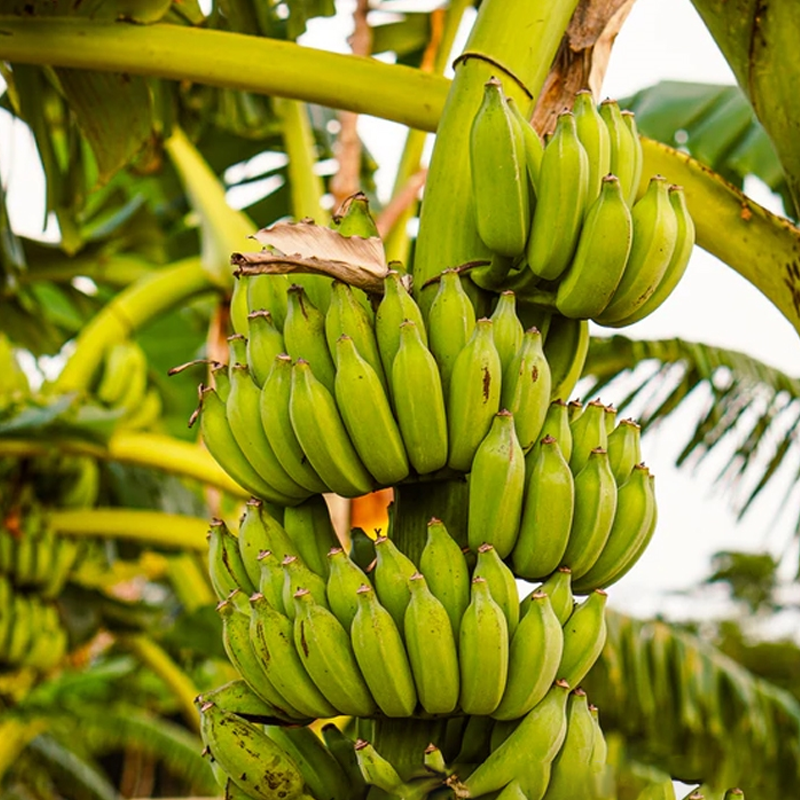
Banana trees have large, fast-growing root systems that need space to expand. The right pot ensures healthy root development and prevents stunted growth.
Ideal Pot Size:
- Minimum 20–24 inches deep and 20–25 inches wide.
- Use a container that can hold at least 50–60 liters of soil.
Container Material Options:
- Plastic or fiberglass pots: Lightweight and easy to move around.
- Terracotta pots: Breathable but heavier; helps maintain root temperature.
- Grow bags or barrels: Affordable and allow excellent drainage.
Make sure your pot has several drainage holes to avoid waterlogging, as bananas dislike soggy roots.
4. Preparing the Perfect Soil Mix
Banana trees are heavy feeders that love nutrient-rich, well-draining soil. The soil should hold moisture but never stay waterlogged.
Ideal Soil Mix for Banana Plants:
- 1 part garden soil
- 1 part compost or well-rotted manure
- 1 part cocopeat or peat moss for moisture retention
- A handful of sand or perlite for good aeration
You can also add a slow-release organic fertilizer or a handful of bone meal while preparing the soil for better root development.
pH Range: Bananas grow best in soil with a pH between 5.5 and 7.0.
5. Planting the Banana Tree in a Pot
Once your pot and soil mix are ready, it’s time to plant your banana.
Step-by-Step Planting Guide:
- Fill the pot halfway with your soil mix.
- Place the banana sucker (young plant) or tissue-cultured sapling in the center.
- Ensure the base of the stem is about 2 inches below the rim of the pot.
- Fill in the remaining soil and gently press it down to remove air pockets.
- Water the plant thoroughly after planting.
Tip: If you’re planting a banana sucker, remove any dried roots or leaves before planting to help it establish quickly.
6. Sunlight and Temperature Requirements
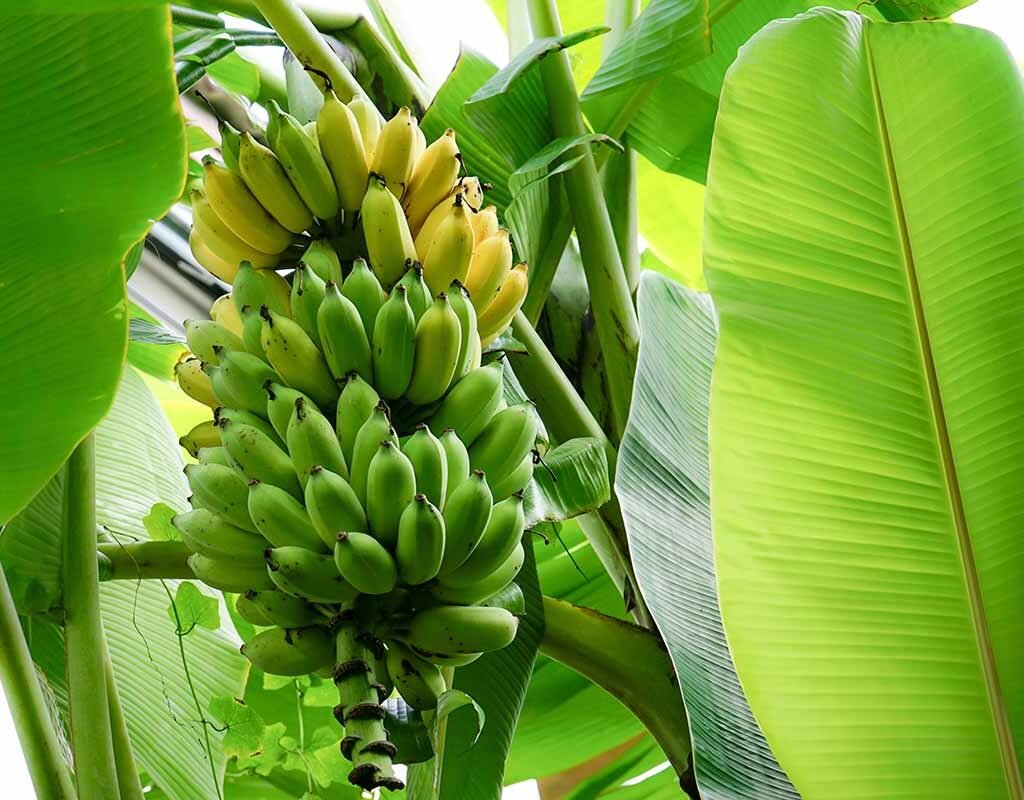
Banana trees thrive in warm, sunny conditions. For the best results:
- Place your pot in a spot that gets at least 6–8 hours of direct sunlight daily.
- Ideal temperature: 20–30°C (68–86°F).
- Protect the plant from strong winds that can damage the large leaves.
If you live in a colder region, move your banana plant indoors or to a greenhouse during winter. Banana trees are tropical, and frost can easily kill them.
7. Watering the Banana Tree
Banana plants love moisture, but too much water can cause root rot. The goal is to keep the soil evenly moist — not soggy.
Watering Tips:
- Water deeply 2–3 times per week during warm weather.
- Reduce watering frequency in winter or during the dormant period.
- Always check the top 2 inches of soil — if dry, it’s time to water.
- Mist the leaves occasionally to increase humidity, especially indoors.
Adding mulch on top of the soil helps retain moisture and keeps roots cool.
8. Feeding and Fertilizing
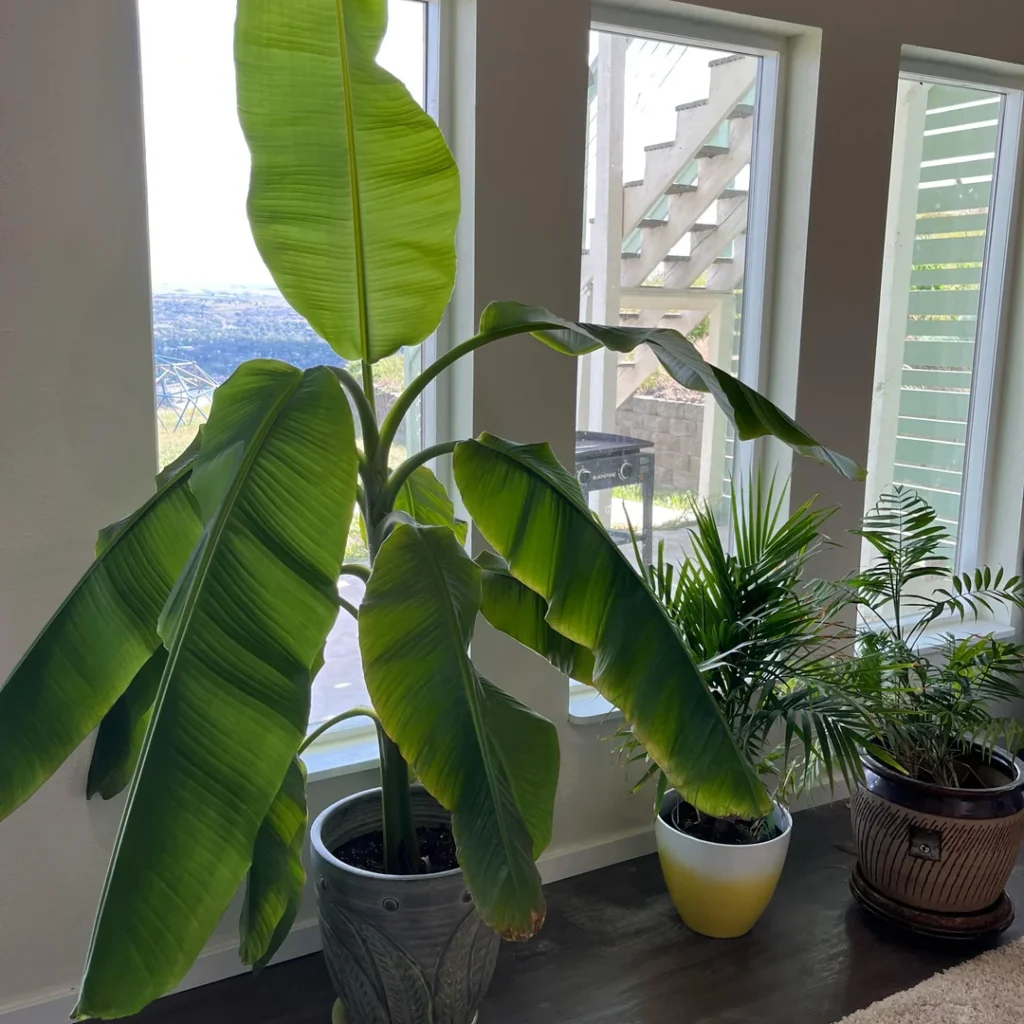
Banana trees are heavy feeders that need a consistent nutrient supply to grow strong stems and lush foliage.
Fertilizer Schedule:
- Use a balanced fertilizer (NPK 10-10-10) every 2–4 weeks during the growing season.
- Add organic compost or manure every month to keep the soil fertile.
- For fruiting plants, switch to a potassium-rich fertilizer (e.g., 8-10-12) to encourage flowering and fruit development.
Pro Tip: Sprinkle wood ash or banana peels (rich in potassium) around the base for a natural nutrient boost.
9. Pruning and Maintenance
Proper pruning helps your banana tree stay healthy and encourages fruit production.
How to Prune:
- Remove dead or yellowing leaves regularly.
- Once your main stem has produced fruit, cut it down to the base.
- Allow only 1–2 healthy suckers (new shoots) to grow at a time to avoid overcrowding.
Mulching:
Add organic mulch (like straw, dried leaves, or coconut husk) around the plant base. This helps regulate temperature, retain moisture, and prevent weed growth.
10. Managing Pests and Diseases
Container-grown bananas are relatively pest-free, but it’s still wise to watch out for potential problems.
Common Pests:
- Aphids and spider mites: Spray with neem oil or insecticidal soap.
- Mealybugs: Wipe off using a soft cloth dipped in soapy water.
- Banana weevils: Keep the soil clean and use organic pest deterrents.
Common Diseases:
- Fungal root rot: Caused by overwatering; ensure good drainage.
- Leaf spot: Remove infected leaves and use organic fungicide sprays.
Healthy soil and proper watering are the best defenses against most banana plant issues.
11. Flowering and Fruiting in Pots
A well-cared-for banana tree can start flowering within 9–15 months after planting. Once the flower (called the inflorescence) appears, small banana fruits begin forming.
Tips for Encouraging Fruit Production:
- Provide at least 8 hours of sunlight daily.
- Maintain consistent watering and feeding.
- Keep the plant warm (above 20°C).
- Avoid frequent repotting during fruiting season.
Once fruits appear, continue watering and feeding regularly until they mature. Depending on the variety, the fruits usually ripen within 3–6 months after flowering.
12. Overwintering and Cold Protection
If you live in an area with cold winters, your potted banana will need protection.
Winter Care Tips:
- Move the pot indoors or to a greenhouse when temperatures drop below 10°C (50°F).
- Cut back old leaves and reduce watering.
- Keep the soil slightly moist, not dry or soggy.
- In milder climates, wrap the pot with burlap or bubble wrap to protect roots.
With proper care, your banana plant will resume strong growth in spring.
13. Repotting and Long-Term Care
As your banana tree grows, it will eventually outgrow its pot. Repot every 2–3 years or when roots start circling inside the container.
Steps for Repotting:
- Choose a pot one size larger than the current one.
- Remove the plant carefully without damaging the roots.
- Trim away old or damaged roots.
- Refill with fresh soil mix and replant the banana.
This refreshes the soil and ensures your plant gets enough space and nutrients for continuous growth.
14. Harvesting Bananas
Harvest time depends on the variety, climate, and care. Typically, bananas are ready to harvest 3–6 months after flowering.
How to Know When Bananas Are Ready:
- The fruits turn plump and the angles start to round off.
- The skin color lightens from deep green to pale yellow-green.
- Harvest when the first few fruits begin to ripen.
Cut the entire bunch with a clean knife and hang it in a shaded area for the rest to ripen evenly.
Final Thoughts
Growing banana trees in pots is easier than you might think! With the right dwarf variety, a spacious container, and a little care, you can transform your balcony or garden into a tropical oasis. The lush green leaves, exotic appearance, and the satisfaction of harvesting your own bananas make the effort totally worthwhile.
Whether you grow them for fruit or simply for their beautiful foliage, potted banana plants bring a touch of the tropics to any home. Just remember to keep them warm, well-fed, and properly watered — and they’ll reward you with vibrant growth and possibly even bunches of sweet, homegrown bananas!
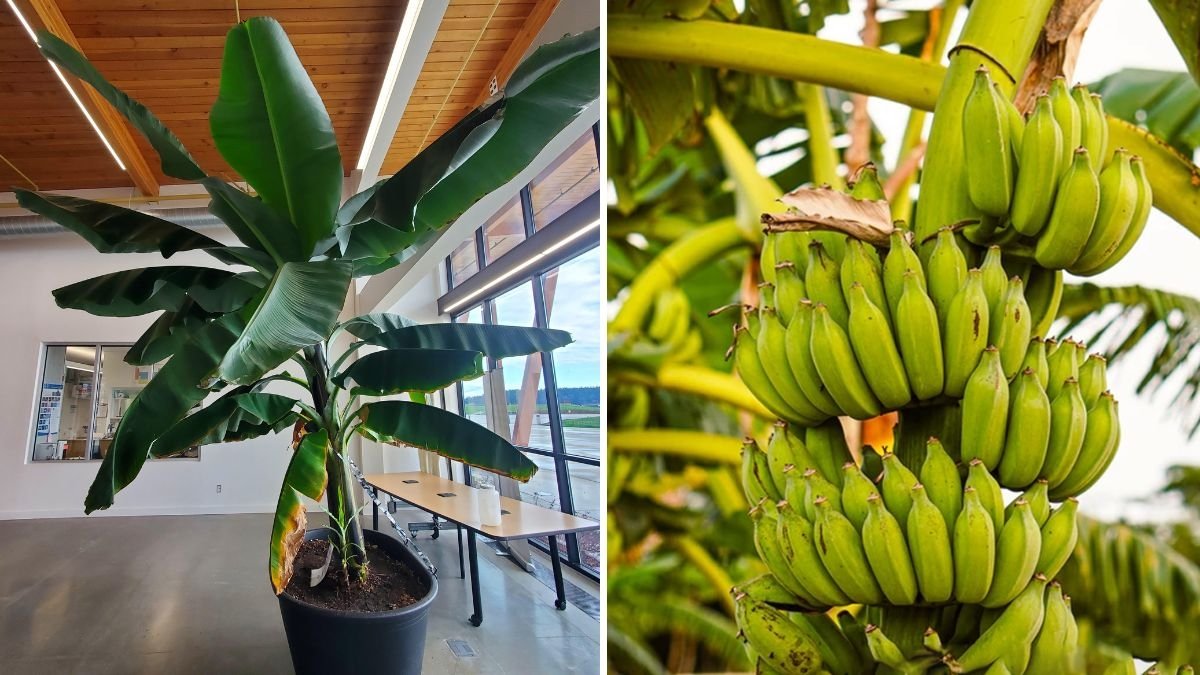
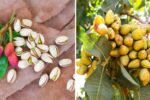
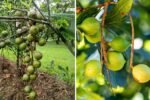
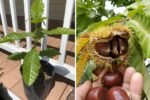
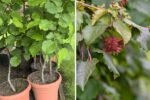
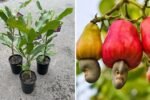
Leave A Comment